Slide title
Write your caption hereButtonSlide title
Write your caption hereButtonSlide title
Write your caption hereButtonSlide title
Write your caption hereButtonSlide title
Write your caption hereButton

ENTER TO WIN A NEW 12,000 BTU MITSUBISHI DUCTLESS SYSTEM. ALL YOU HAVE TO DO IS LIKE OUR FACEBOOK PAGE, SHARE IT AND FOLLOW IT. COMPLETING ALL 3 ENTER YOU FOR A CHANCE TO WIN. IF YOU FOLLOW OUR INSTAGRAM PAGE, IT WILL ENTER YOU FOR A SECOND CHANCE TO WIN.
-SYSTEM MUST BE INSTALLED ON AN EXTERIOR WALL.
-ELECTRICIAN WILL HAVE TO BE FURNISHED AT COST OF WINNER TO GET HIGH VOLTAGE POWER TO THE CONDENSING UNIT.
-SYSTEM MUST BE INSTALLED ON THE GROUND FLOOR OF THE STRUCTURE.
CONTEST WILL RUN FROM 01/26/2025 UNTIL 04/29/2025. DRAWING WILL BE HELD AND WINNER WILL BE ANNOUNCED MAY 1ST.
3RD PARTY COMPANY WILL PERFORM THE DRAWING TO ENSURE FAIRNESS FOR ALL PARTICIPANTS
- Terms and Conditions for [Contest Name]
- Eligibility
- This contest is open to residents of East Baton Rouge parish, Livingston parish, west Baton Rouge parish and pointe couple parish aged 18 years or older.
- Participant must own the property in which system will be installed.
- Employees of Capital City Comfort, their immediate family members, and anyone directly connected with the organization or judging of the contest are not eligible to participate.
- Contest Period
- The contest begins on 01/26/2025 and ends on 04/29/2025. All entries must be submitted by 11:59 PM on 04/29/2025.
- How to Enter
- To participate, entrants must:
- Like the Capital City Comfort Facebook page.
- Like the contest post.
- Share the contest post publicly.
- Follow the Capital City Comfort Facebook page
- Follow the CComfortbr1 Instagram page
- Winner Selection
- The winner will be chosen at random from all eligible entries received by the end of the contest period.
- The winner will be announced on 05/01/2025 via the Capital City Comfort Facebook page.
- PRIZE: New 12,000 btu mitsubishi ductless Wall mounted air handling unit with new 12,000 btu mitsubishi condensing unit. Model to be selected after drawing by capital city comfort as installing contractor.
- Winner Notification
- The winner(s) will be notified through a direct message on Facebook or via a comment on their shared post.
- The winner(s) must respond within 24 hours to claim their prize, or a new winner will be selected.
- General Conditions
- By participating, entrants agree to abide by these terms and conditions and the decisions of Capital City Comfort, which are final.
- Capital City Comfort reserves the right to cancel or modify the contest at any time without prior notice.
- Liability
- This contest is in no way sponsored, endorsed, administered by, or associated with Facebook.
- Capital City Comfort is not responsible for any technical issues, lost entries, or other errors that may occur during the contest period.
- Privacy
- By entering the contest, participants consent to Capital City Comfort using their name, image, and entry for promotional purposes without additional compensation.
Capital City Comfort Offers A/C Repair Service to all of East Baton Rouge Parish, Livingston Parish, Ascension Parish, and Pointe Coupee Parish
Trust locally owned Capital City Comfort for air conditioning and heating system services at affordable prices. Our well-trained team is neat, fast, and effective, providing excellent service backed up by our commitment to 100% satisfaction. We also install new HVAC systems without resorting to sales gimmicks and high-pressure tactics!
Now Offering a 10 Year Labor Warranty
Established in 2015

AC Repair
We are proud of our technicians, and strive to deliver the best experience when you need an A/C repaired.

Heater Repair
Don't sit there and shiver when you can get our team on the job in no time! We deliver top notch Heater repair!

HVAC Installations
Let our team expertly handle your new air conditioner installation. Schedule an appointment for a new system estimate!
Here's what our satisfied customers are saying...
At Capital City Comfort, we take pride in providing exceptional HVAC services to our customers. We would be grateful if you could share your thoughts about our business with others. Your feedback helps us improve, and helps others make informed decisions. Please take a moment to leave a review of Capital City Comfort
and let others know what you think.
Learn More About Capital City Comfort
Located at 10267 Mammoth Ave, Baton Rouge, LA 70814. Capital City Comfort specializes in heating and cooling system services and installations, as well as duct cleaning and repair. Same-day services and weekend emergency work. We service all makes and models of heaters and ACs. 1-year labor warranty available. Call now for a free estimate.
Recent Posts
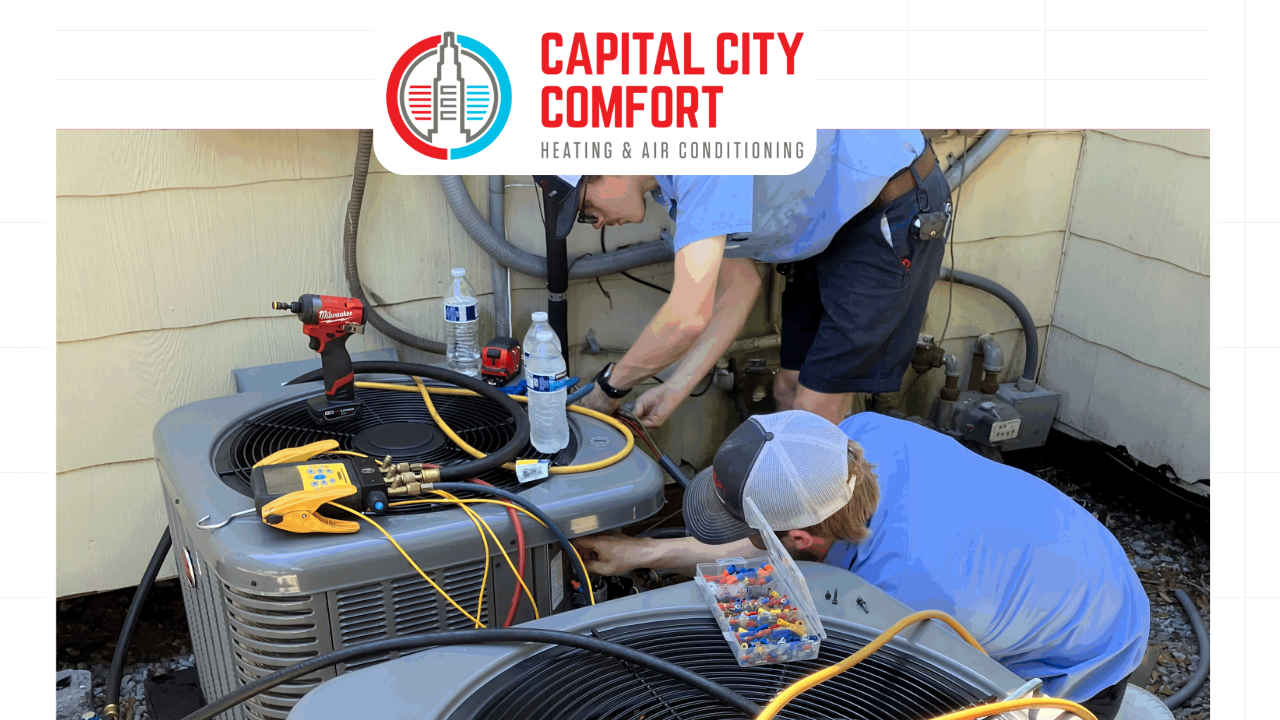



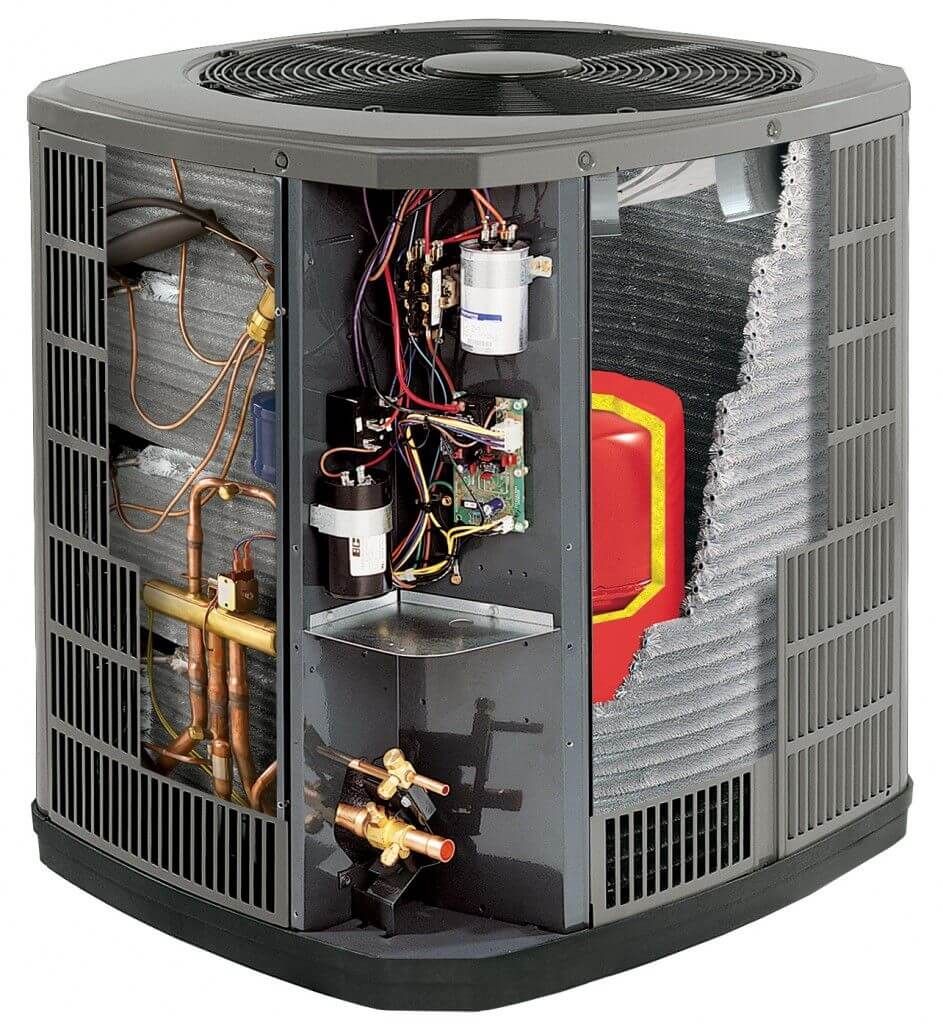
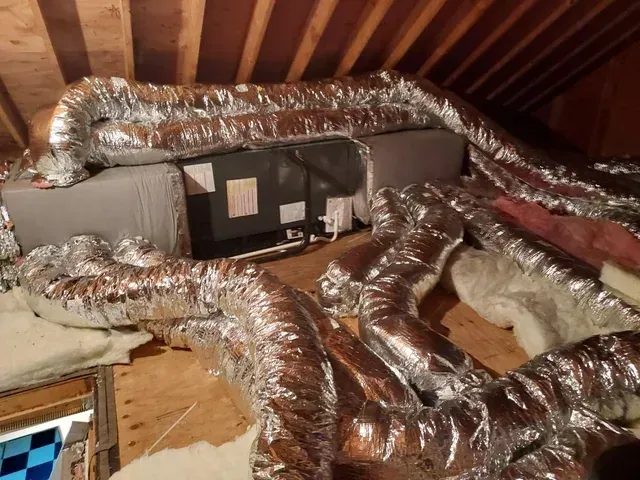
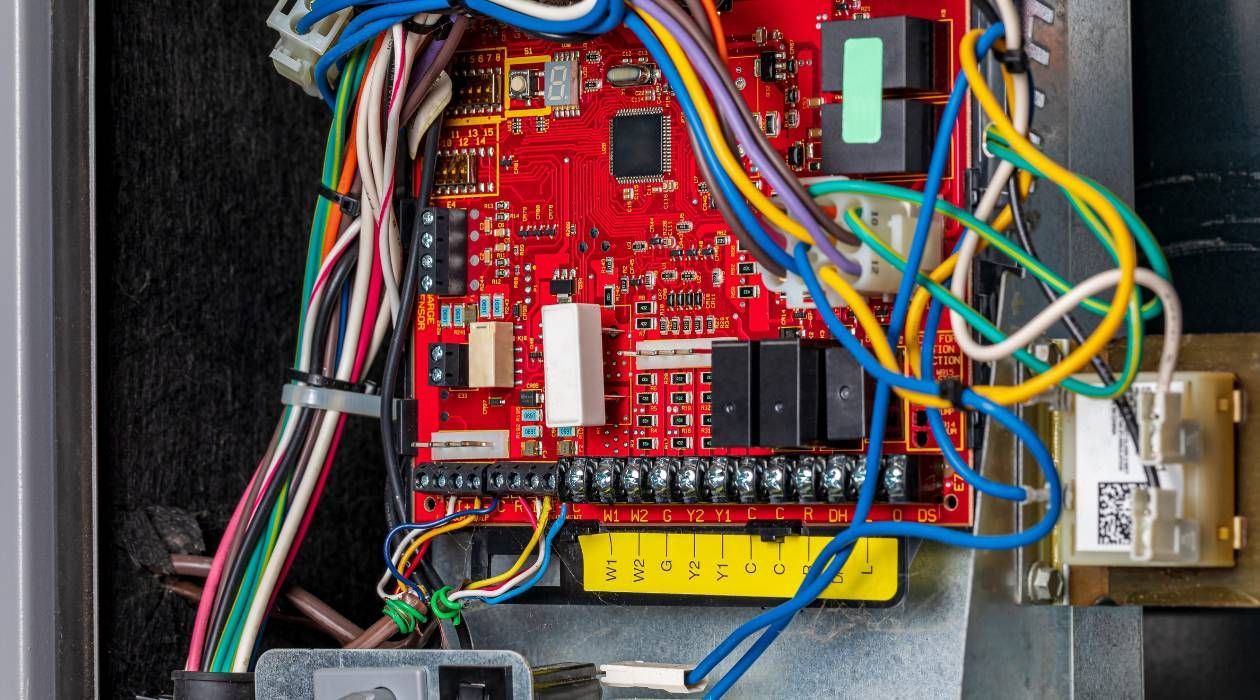
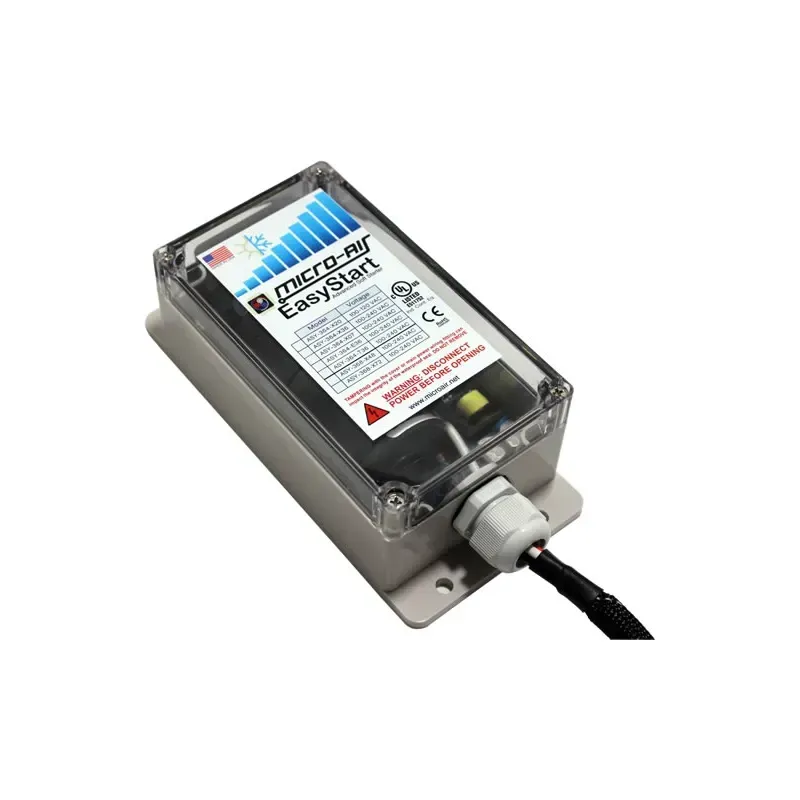
SERVING
and Surrounding Areas
HOURS
Hours:
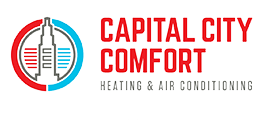

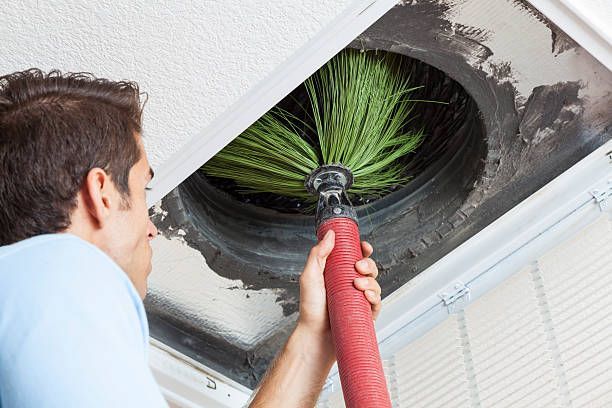


Share On: